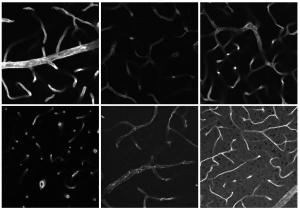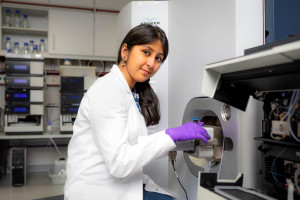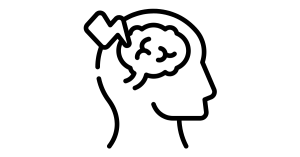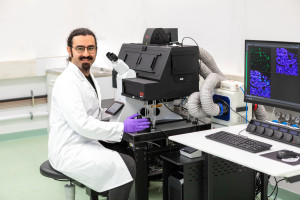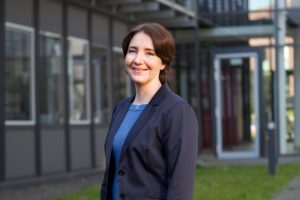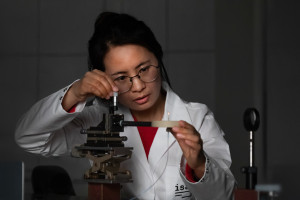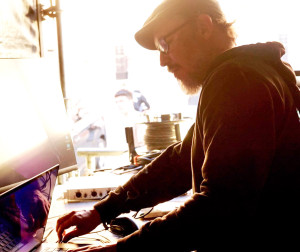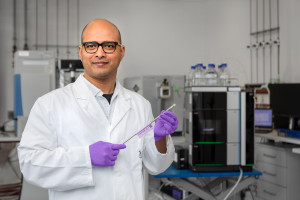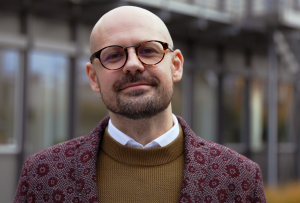Dortmund, 24th June 2022
What is the search for biomarkers for babies with neuromuscular diseases about? What does bioimaging have to do with the chronic disease endometriosis? And why does the head of AMBIOM, the new junior research group funded by the Federal Ministry of Education and Research, want to develop eyes and brains for computers?
Answers to these questions and a full insight into what the scientists at ISAS worked on in 2021 and what collaborations the institute established can be found in the current annual report. If you wish to receive a printed copy of the Annual Report 2021, please send an email to presse@isas.de.
Annual Reports